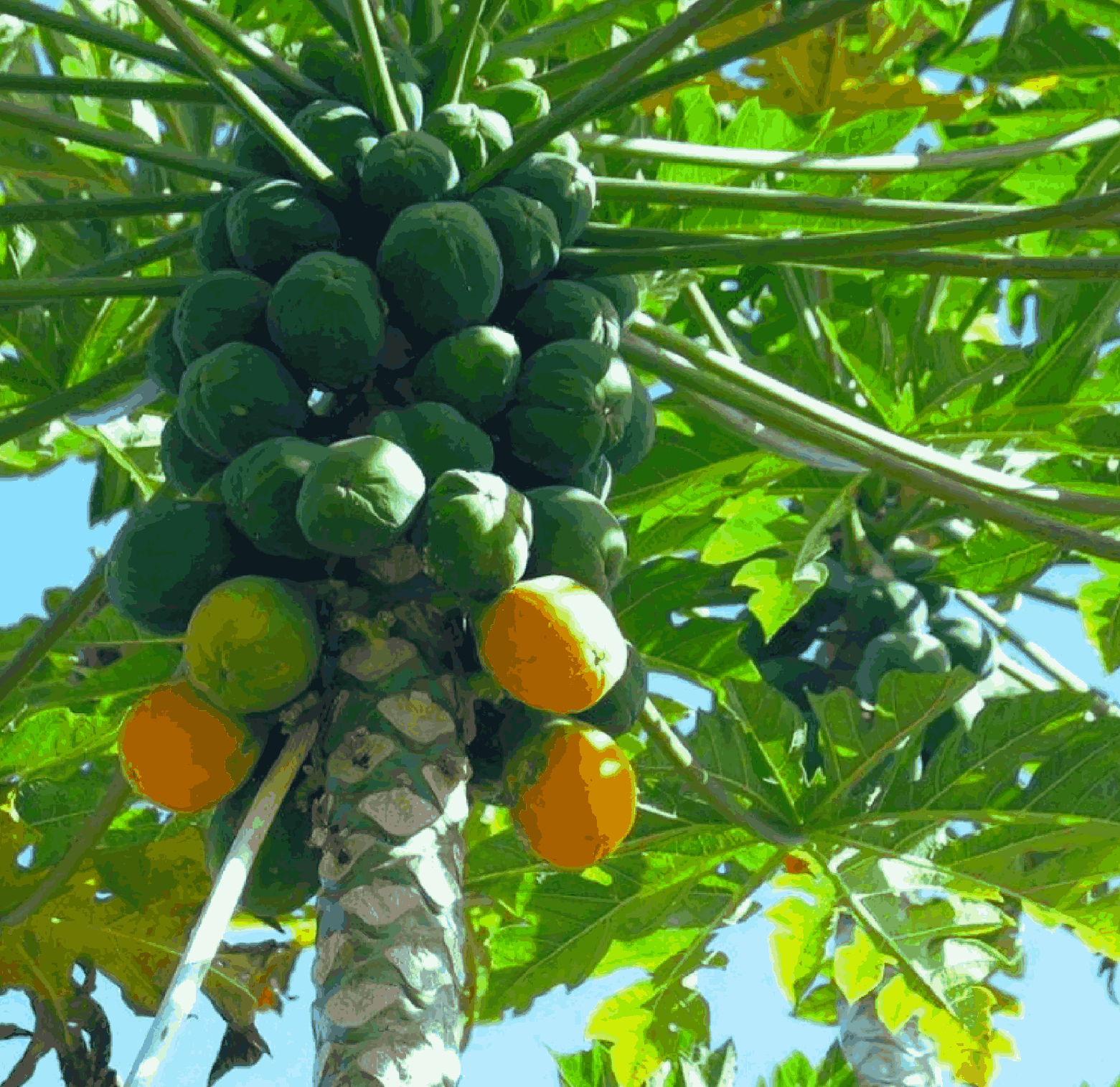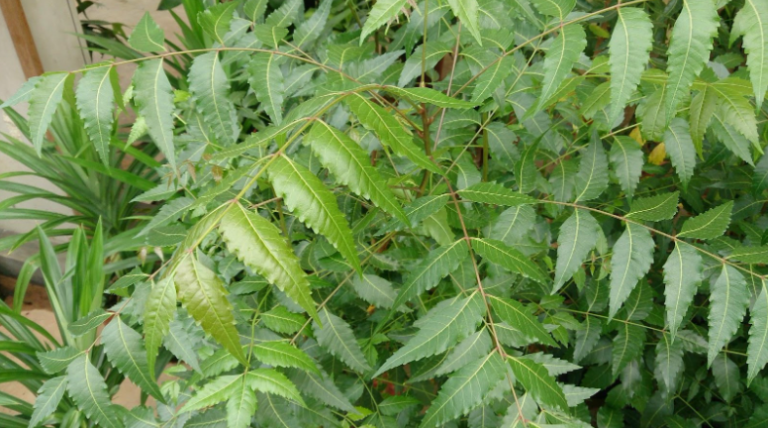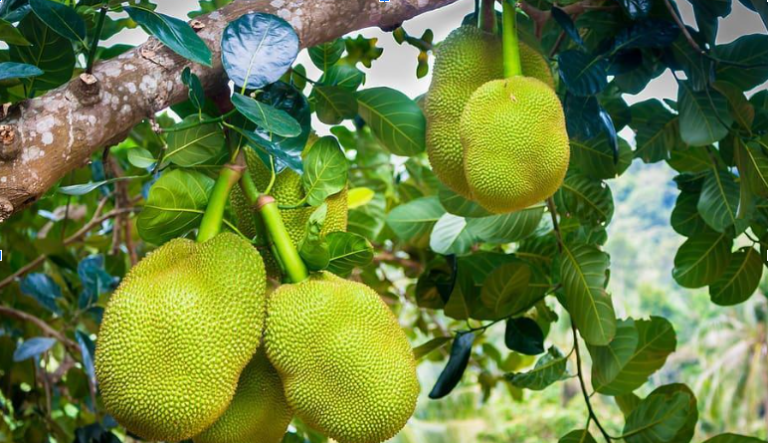Life Cycle of the Papaya Tree
The Fascinating Life Cycle of the Papaya Tree (Carica papaya)
The papaya (Carica papaya), often referred to as the “tree of life,” is a tropical fruit-bearing plant that holds a special place in many cultures around the world. Known for its sweet, juicy fruit and health benefits, the papaya tree offers much more than just a delicious treat. Its life cycle is equally fascinating, from seed to full-grown tree, and it continues to thrive in the most diverse environments, providing nourishment and medicinal value. The papaya’s rapid growth and adaptability make it a symbol of life, resilience, and vitality, embodying the title “tree of life” in both its growth process and the abundance it offers.
The Beginning: Germination and Seedling Stage
The life of a papaya tree begins with its seeds. Unlike traditional trees, papayas are technically considered large herbaceous plants rather than true trees, although they can resemble a tree in structure. The seeds of the papaya come from the mature fruit, which is typically harvested when it turns yellow or orange. To propagate the papaya, the seeds are removed from the fruit and can be planted either directly in the soil or started indoors in seed trays.
Germination usually occurs quite rapidly, within a week to ten days, given the right conditions: warm temperatures, sunlight, and moist, well-drained soil. Papaya seeds are relatively easy to germinate, making the plant popular among home gardeners and commercial growers alike. The young seedlings are delicate, and care must be taken to protect them from strong winds and excessive rainfall, as the tender plants are vulnerable at this early stage of their life cycle.
Once germinated, the seedlings begin to develop their first set of true leaves. These leaves are large, deeply lobed, and serve to catch as much sunlight as possible, allowing the plant to begin the process of photosynthesis. The growth rate at this stage is rapid, and the papaya tree begins to establish itself as a small, upright herbaceous plant with a sturdy stem and vibrant green leaves.
The Vegetative Stage: Rapid Growth and Development
The vegetative stage of the papaya tree is where the plant begins to exhibit its full potential in terms of size and structure. Papayas are known for their fast growth. Under optimal conditions, they can grow up to 10 to 12 feet tall in just one year. This rapid growth is supported by their deep taproot system, which helps the tree access water and nutrients efficiently. As the tree matures, the stem thickens and becomes more rigid, giving the plant its characteristic “tree-like” appearance, even though it remains technically an herb.
The leaves continue to grow large and compound, with the newer leaves emerging from the top of the plant in a crown-like arrangement. The papaya tree’s trunk is hollow, and the plant’s vascular system is designed to move nutrients quickly, ensuring that the tree can support its rapid expansion. This phase lasts for several months, during which the tree’s primary focus is on establishing a strong, healthy structure that can later support the weight of the fruit it will produce.
One interesting aspect of papaya trees is that they are dioecious, meaning they have distinct male and female plants. The male plants typically produce small, inconspicuous flowers that don’t bear fruit, while the female plants produce larger, more prominent flowers that, when pollinated, will turn into the sweet, orange fruit we recognize. In some cases, hermaphroditic plants, which have both male and female reproductive organs, can also be found, and these plants are capable of self-pollination, making them particularly desirable in commercial farming.
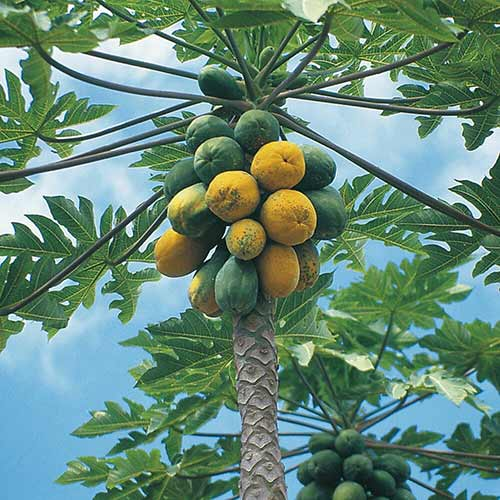
Life Cycle of the Papaya Tree
The Reproductive Stage: Flowering and Fruit Development
As the papaya tree matures, typically between 6 and 12 months after planting, it enters the reproductive stage. The papaya tree starts to flower, with male and female flowers appearing at the leaf axils of the plant. The flowering phase marks the transition from vegetative growth to reproductive growth, and this is when the papaya tree begins to show its full potential as a fruit-bearing plant.
Papaya flowers are generally white or yellowish and can be found in clusters. The female flowers are usually larger and more noticeable, while the male flowers are smaller and produce pollen. Pollination is crucial at this stage, and while wind and insects can assist with the process, papayas are often hand-pollinated in commercial settings to ensure a good fruit set. After successful pollination, the female flowers begin to swell and develop into the signature papaya fruit.
The fruit of the papaya grows rapidly, beginning as a small green oval and gradually turning yellow or orange as it ripens. The papaya fruit is rich in enzymes, especially papain, which gives it its distinct sweet taste and soft texture. It is during this stage that the papaya truly becomes the “tree of life,” offering nourishment in the form of vitamins, minerals, and enzymes that are beneficial for digestion and overall health. The fruit can be harvested when it reaches its full size and its skin begins to turn a yellow-orange hue, but it can be eaten at different stages of ripeness, depending on preference.
Maturity and Harvesting: The Tree’s Peak
The papaya tree reaches its full maturity after about one year, although it can continue producing fruit for several years if properly cared for. At maturity, the tree typically produces multiple fruits simultaneously, with large, soft papayas that are ready for harvesting. The harvesting process involves cutting the fruit from the tree once it has reached optimal ripeness. In commercial farms, the fruits may be harvested slightly before full ripeness to prevent spoilage during transport.
Papaya trees generally live for 3 to 4 years, although some can last longer with proper care. Over time, the fruit production may decrease, and older trees may be replaced with new plants. However, the papaya’s lifecycle is relatively short, and the rapid turnover of plants ensures that fresh fruit is consistently available.
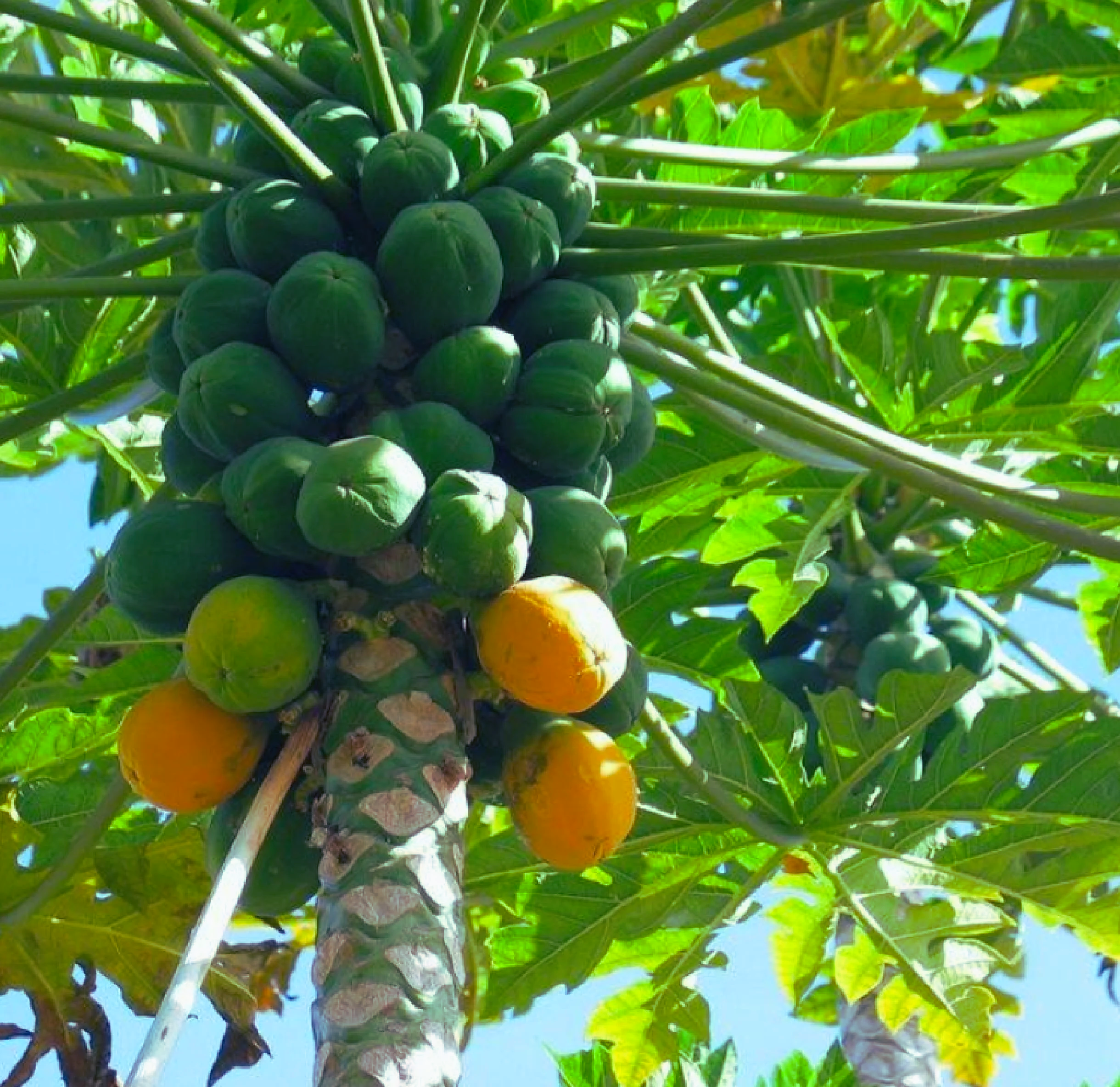
The Legacy: Sustainability and Environmental Impact
While the papaya tree’s life cycle may seem short compared to other trees, its environmental impact is significant. Papayas contribute to the local ecosystem by providing habitat for various species and aiding in soil fertility. The fallen leaves and fruits serve as organic matter, enriching the soil and promoting biodiversity. The papaya plant’s deep roots also help in preventing soil erosion, especially in tropical areas where heavy rains are common.
Papayas also play a crucial role in food security, particularly in tropical regions where they are cultivated. The tree’s ability to grow quickly and produce abundant fruit in a relatively short period makes it an important crop for small-scale farmers and commercial producers alike.
Conclusion: The Tree of Life in Every Stage
From its humble beginnings as a small seed to its flourishing role as a prolific fruit-bearing plant, the papaya (Carica papaya) truly embodies the essence of the “tree of life.” Its fast growth, nutritional benefits, and resilience make it an essential part of the ecosystems and communities where it thrives. The papaya’s life cycle, which spans only a few years, offers a powerful reminder of nature’s ability to regenerate and provide, making it a symbol of abundance, vitality, and hope.

